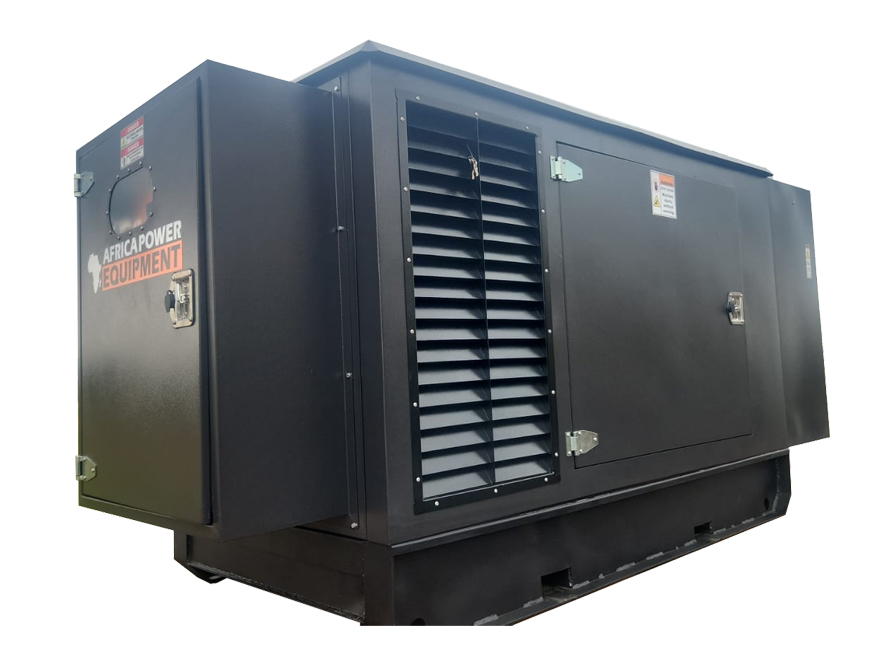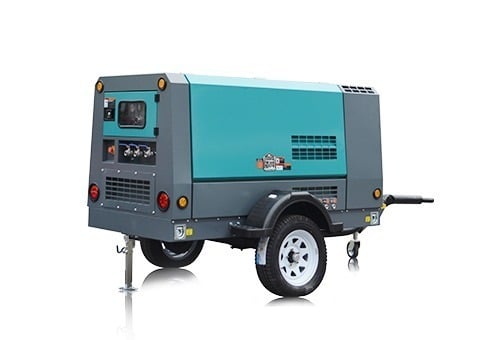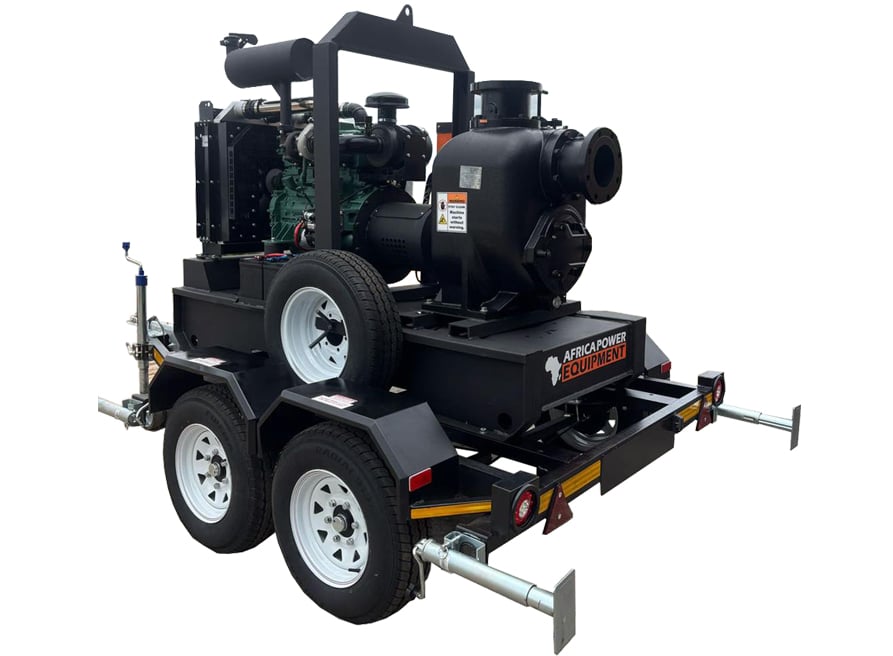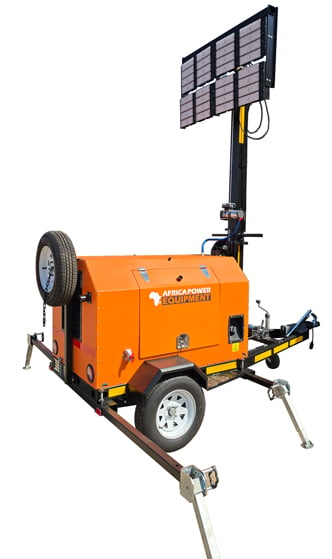Submersible vs Surface Water Pumps: Key Differences Explained
When choosing the right water pump for your home, farm, or industrial use, understanding the difference between submersible and surface pumps is essential. Each type is designed for specific conditions and water sources, and using the wrong one could lead to inefficiency, equipment damage, or system failure.
This guide breaks down the key differences, advantages, and ideal use cases for each.
🟢 Quick Answer
Submersible pumps operate underwater and are ideal for deep wells and boreholes, pushing water to the surface. Surface pumps are installed above ground and draw water from shallow sources like tanks, rivers, or dams. The choice depends on water depth, application, and energy efficiency needs.
🛠️ 1. What Is a Submersible Pump?
A submersible pump is designed to work entirely submerged in water. It is commonly used in boreholes, deep wells, and sewage systems.
How it works:
-
Positioned below the waterline
-
Uses internal pressure to push water upward
-
Enclosed in a sealed casing to prevent damage
Applications:
-
Borehole water extraction
-
Irrigation from deep water sources
-
Sewage pumping
-
Industrial deep well applications
🌍 2. What Is a Surface Pump?
A surface pump is installed above the water source, and it draws water using suction.
How it works:
-
Located outside the water (e.g., on the ground)
-
Uses suction to pull water upward
-
Works best with shallow sources (less than 7m deep)
Applications:
-
Garden irrigation
-
Water transfer from rivers, tanks, or dams
-
Household booster systems
-
Rainwater harvesting systems
⚖️ 3. Key Differences at a Glance
| Feature | Submersible Pump | Surface Pump |
|---|---|---|
| Water source depth | Deep wells (>7m) | Shallow sources (<7m) |
| Installation location | Underwater | Above ground |
| Efficiency | High (no suction loss) | Moderate (depends on suction lift) |
| Noise level | Very quiet | Louder (exposed motor) |
| Cooling method | Cooled by surrounding water | Air-cooled or water-jacketed |
| Maintenance access | Harder (must remove pump) | Easier (visible & accessible) |
| Common use | Boreholes, deep irrigation | Garden, tanks, rivers |
💡 4. Which Pump Should You Use?
Choose a submersible pump if:
-
Your water source is deeper than 7 meters
-
You want quiet operation
-
You’re drawing water from a borehole, deep well, or sump
Choose a surface pump if:
-
You’re pumping from a tank, shallow well, or dam
-
You need easy maintenance access
-
Your system doesn’t need a lot of pressure
🧰 5. South African Use Case Examples
Residential borehole system:
-
A submersible pump is the standard for deep groundwater extraction. It’s energy efficient and requires less priming.
Garden irrigation from rainwater tank:
-
A surface booster pump can be installed near the tank, providing water pressure for drip or sprinkler systems.
Agricultural water transfer from river:
-
A diesel-powered surface centrifugal pump is ideal for drawing high volumes over short distances.
🛡️ 6. Pros and Cons
| Type | Pros | Cons |
|---|---|---|
| Submersible | Efficient, quiet, space-saving, good for deep water | Harder to access, higher initial cost |
| Surface | Easy to install/repair, affordable | Limited suction depth, noisier |
🔗 Internal Linking Opportunities
❓ FAQs
Q: Can a submersible pump run dry?
A: No. Running dry can damage the pump. Always ensure the water level stays above the pump inlet.
Q: Are surface pumps easier to maintain?
A: Yes. They are more accessible, so repairs and maintenance can be done without lifting or removing the pump.
Q: Do I need a pressure switch with a surface pump?
A: For household use or booster systems, a pressure switch helps automate the system and prevent overpressure damage.
🧾 Conclusion
Knowing the difference between submersible and surface pumps helps you choose the best tool for your irrigation or water transfer needs. Whether you’re drawing water from a deep borehole or a rainwater tank, selecting the right pump ensures performance, efficiency, and longevity.
Need expert help choosing the right pump?
👉 Browse our range of submersible and surface pumps at PowerEquipment.co.za





